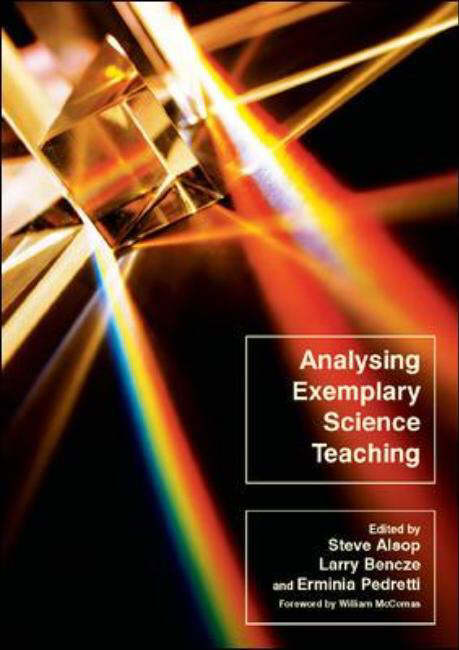Filters
Clear allSubject
- Careers (332) Apply Careers filter
- Climate Change (47) Apply Climate Change filter
- Computing (128) Apply Computing filter
- Creative arts and media (4) Apply Creative arts and media filter
- Cross curricular (125) Apply Cross curricular filter
- Design and technology (516) Apply Design and technology filter
- Engineering (381) Apply Engineering filter
- Food Preparation and Nutrition (19) Apply Food Preparation and Nutrition filter
- Health and safety (2) Apply Health and safety filter
- Leadership (24) Apply Leadership filter
- Mathematics (436) Apply Mathematics filter
- Personal development (23) Apply Personal development filter
- Psychology (22) Apply Psychology filter
- Space (14) Apply Space filter
- STEM Ambassadors (20) Apply STEM Ambassadors filter
- STEM Clubs (25) Apply STEM Clubs filter
Age range
Type
- Activity sheet (409) Apply Activity sheet filter
- Article (32) Apply Article filter
- Assessment (13) Apply Assessment filter
- Audio (48) Apply Audio filter
- Data set (8) Apply Data set filter
- Demonstration (15) Apply Demonstration filter
- Diagram (1) Apply Diagram filter
- Experiment (76) Apply Experiment filter
- Game (12) Apply Game filter
- Group work (24) Apply Group work filter
- Image (63) Apply Image filter
- Information sheet (176) Apply Information sheet filter
- Interactive resource (44) Apply Interactive resource filter
- Lecture (1) Apply Lecture filter
- Open-ended task (7) Apply Open-ended task filter
- Poster (30) Apply Poster filter
- Presentation (144) Apply Presentation filter
- Quiz (9) Apply Quiz filter
- Research (159) Apply Research filter
- Self assessment (3) Apply Self assessment filter
- Teacher guidance (754) Apply Teacher guidance filter
- Textbook (69) Apply Textbook filter
- Video (518) Apply Video filter
- (-) Remove Include Physical Resources filter Include Physical Resources
Showing 3470 results

Max Axiom has a mission. The local university is hosting a conference to teach kids about science careers.
Join Max as he meets an astronaut, an oceanographer, a virus hunter, and many other scientists that...
In separate documents, this resource provides guidance for teachers to plan for progression of students aged 11-16, based on the National Strategies Framework for Secondary Science Learning Objectives. Each learning objective is given further explanation under the heading ‘Pupils could learn to … ’
...
This resource for Key Stage Three and Key Stage Four students provides some statistics about the eating habits of children in Italy and asks students to compare and contrast these with their own eating habits. Through this activity, students have to interpret charts and graphs, plan how to collect data and design a...
Nigel Lawson, former Chancellor of the Exchequer and Secretary of State for Energy, argues that it is time for us to take a cool look at global warming. Lawson carefully and succinctly examines all aspects of the global warming issue: the science, the economics, the politics, and the ethics. He concludes that,...
In many fields of study it is difficult to understand the significance of the part before one understands the whole. Yet one cannot understand the whole without a prior understanding of the parts. The dilemma is one of the most difficult problems to be solved by the teacher and in no subject is it more important...
Most of the commonly occurring minerals of igneous, metamorphic and sedimentary rocks are discussed in terms of structure, chemistry, optical and other physical properties, distinguishing features and paragenesis. Important correlations between these aspects of mineralogy are emphasized wherever possible. The...
Published in April 2013 This report from the National Foundation for Educational Research (NFER) presents the findings from an investigation into the views of senior staff with responsibility for determining CPD strategy, within schools and further education colleges.
...This item is one of over 25,000 physical resources available from the Resources Collection. The Archive Collection covers over 50 years of curriculum development in the STEM subjects. The Contemporary Collection includes the latest publications from UK educational publishers.
This activity, from the Institution of Engineering and Technology (IET), introduces students to the differences between analogue and digital communication. An analogue signal can be rendered useless by small amounts of interference, whereas a digital signal remains...
This activity gives students the opportunity to navigate a map of Mars looking for regions of interest they will receive ‘mission’ data from to analyse. Students will first work in teams on an interactive activity, navigating terrain as either a rover or mission control. The main part of the activity asks students...
The main purpose of this booklet is to provide a tool for analysing science practicals to clarify their objectives, highlight main features, and evaluate their effectiveness.
The Practical Activity Analysis Inventory (PAAI) is intended to be a useful tool which will stimulate thought about practical...

'Analysing exemplary science teaching' is a text that seeks to combine educational theory and practice through analysis of a series of teachers' descriptions of 'exemplary' science lessons. The book comprises edited...

There are a lot of books in which science education researchers tell science teachers how to teach. This book, refreshingly, is written the other way round.
There a number of accounts by outstanding science...
This Cape Farewell video clip shows scientists back at the National Oceanography Centre in Southampton, analysing the samples of phytoplankton and zooplankton taken in the Arctic, identifying species and counting their abundance.
Activity G - Plankton analysis is...
The 2004 Indian Ocean tsunami was not the first of its kind, according to research in Nature. Two groups of scientists have found sedimentary evidence for possible predecessors to the 2004 event in Thailand and Sumatra. They discuss their findings here.
